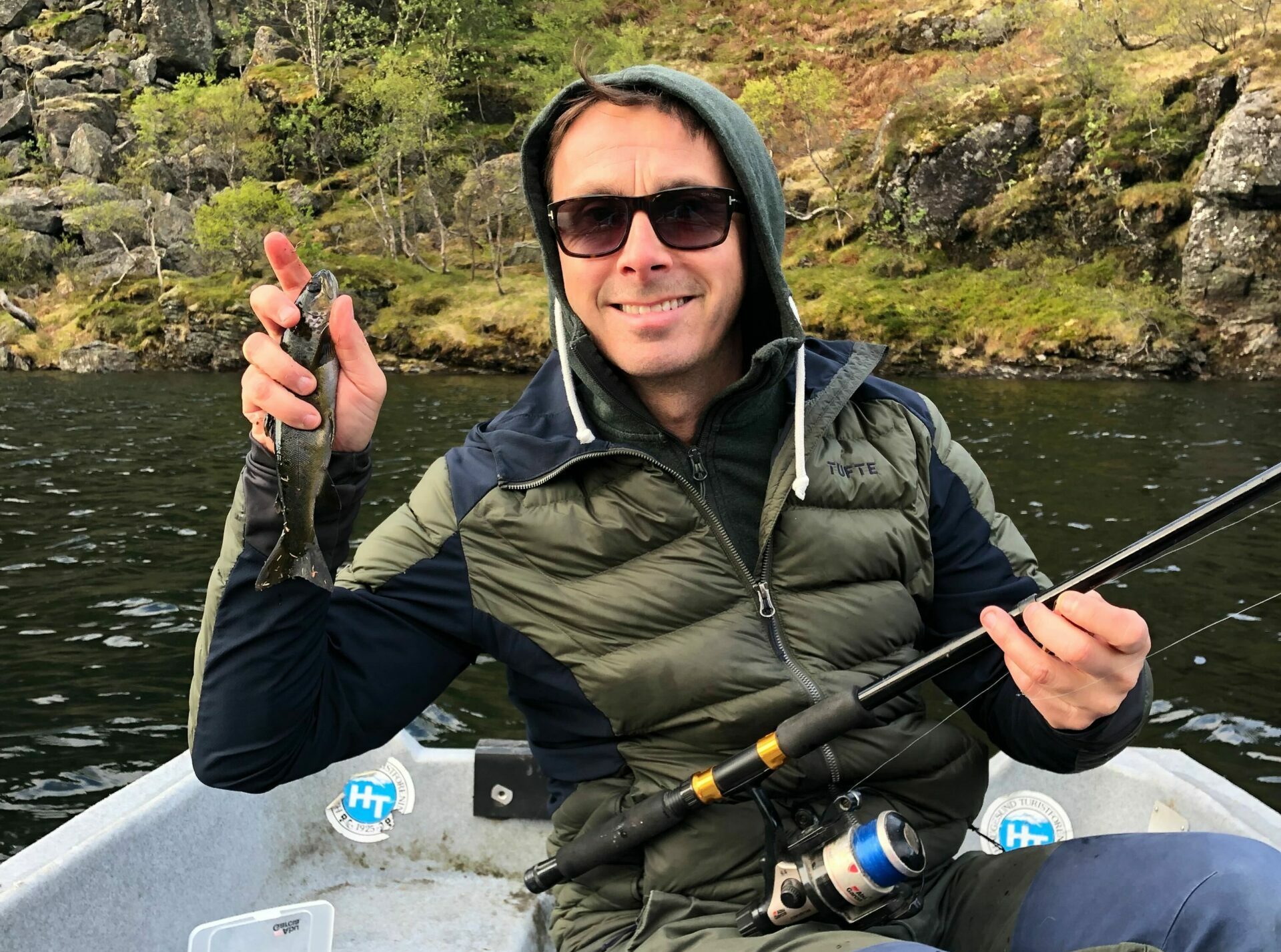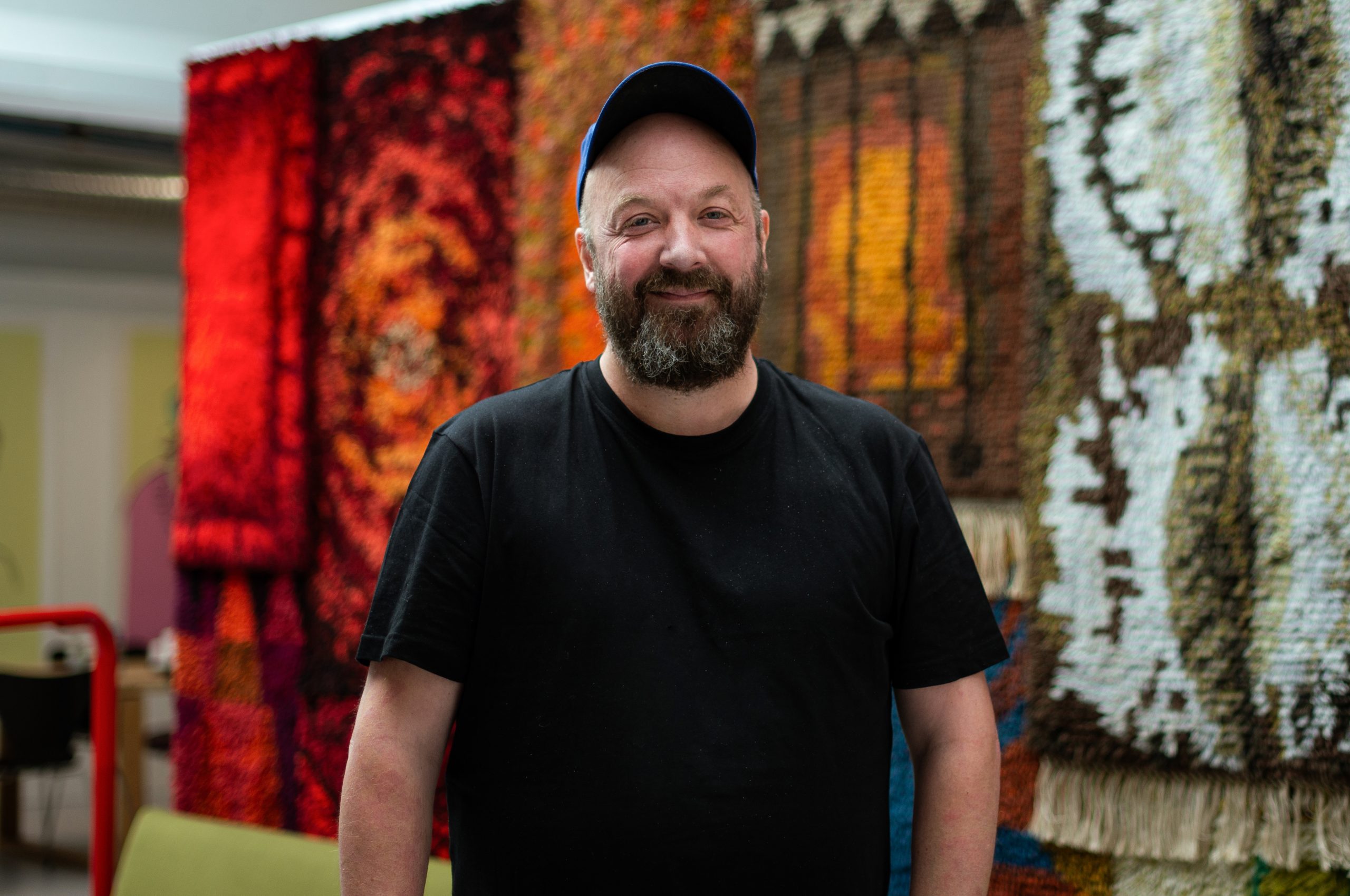Imagine going to market, not only knowing people want what you’re selling, but also having customers willing to pay right away…
If this sounds too good to be true, then we’ve got news for you: it ain’t.
Welcome aboard Caroline van den Bergh’s customer ‘Nurture Train’.

Big wins
Caroline, and her business Lunos, are experts in creating evidence to back up business ‘bets’, understanding customer appetite and needs, experimenting with ideas, and testing assumptions.
They’re also a welcome addition to SmplCo’s partner network.
“Too many startups and businesses plough headfirst into building an idea without fully knowing who it’s for, the problems they’re solving, and if anyone is willing to pay for what they’re selling,” Caroline says.
“It’s crucial to talk to real potential customers from the very start, and if you’re going to do that, why not try to turn them into paying customers as early as possible too and test willingness to pay?”
If you succeed here, you can also unlock the support you need to supercharge your progress and your confidence.
“Having the validation of paying customers makes your product or service far more attractive to potential investors looking for proof that there’s a market for your Big Idea,”
If you succeed here, you can also unlock the support you need to supercharge your progress and your confidence.
“Having the validation of paying customers makes your product or service far more attractive to potential investors looking for proof that there’s a market for your Big Idea,” Caroline says.
Her team has helped numerous innovators get this early support and validation.
But once you start engaging with users they are yours to lose …so how do you keep stoking the customer fire with value, and quickly get to a stage where you can start asking them to pay?
Caroline does this using a process she calls ‘the Nurture Train’.
So, without further ado, all aboard!
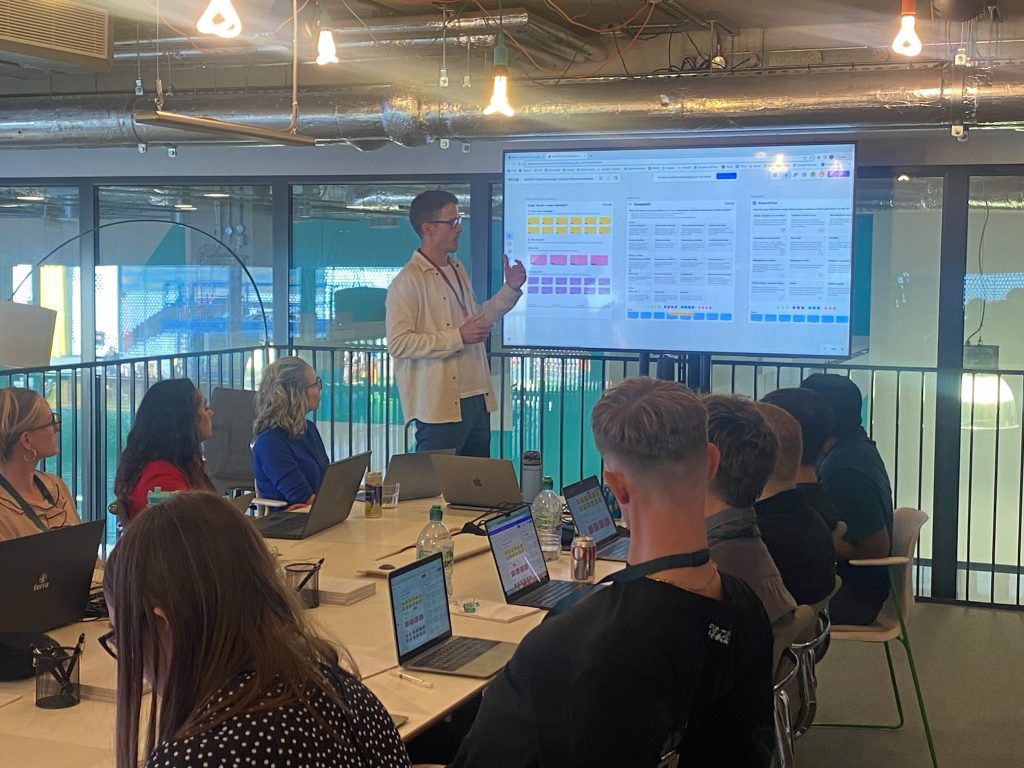
Stop 1: Friendlyville
Your first goal, Caroline says, is to get conversations going with real customers.
The best way to do that is to start conversations by any means necessary, so you get to a stage where you have a group of engaged, unbiased people who are connected to the problem you’re solving.
These are your earliest indicators of a viable business.
I like to refer to them as your ‘friendlies’.
These are people in your network – and by network, I mean anyone relevant you’ve ever met or have been associated with!
You’ll be amazed how willing people are to help, particularly when you tell them you’re creating something new and exciting and need their help because they’re experts.
A little flattery goes a long way and, if you’re setting up groups to get conversations going (which you should), you’re also giving these people the chance to make new acquaintances and contacts.
You can find ‘friendlies’ all over the place; from whatever industry you are in (or have been in), to connections at networking events, ex-colleagues you have met on the way, and old school friends (you never know where folks have ended up).
The key
Take any opportunity; I’m a bit of a chatterer and you won’t believe how many times I’ve found people to help me or my clients on my kids’ school run.
The key is to not waste anyone’s time. Be very, very clear if they qualify as early potential customers, or if they’re just someone with an opinion.
As a rule of thumb, see if they are connected with the problem and or are currently solving it themselves in some way.
You can qualify them by asking:
- what problem am I solving?
- why do they need what I’m building?
- who else is currently solving the problem and why you are going to it differently / better?
- would they be willing to pay for it?
If they are still relevant to you when you asked all these questions, then you’ll be ready to answer THE key question that everyone asks before they will get involved: “What’s in it for me?”
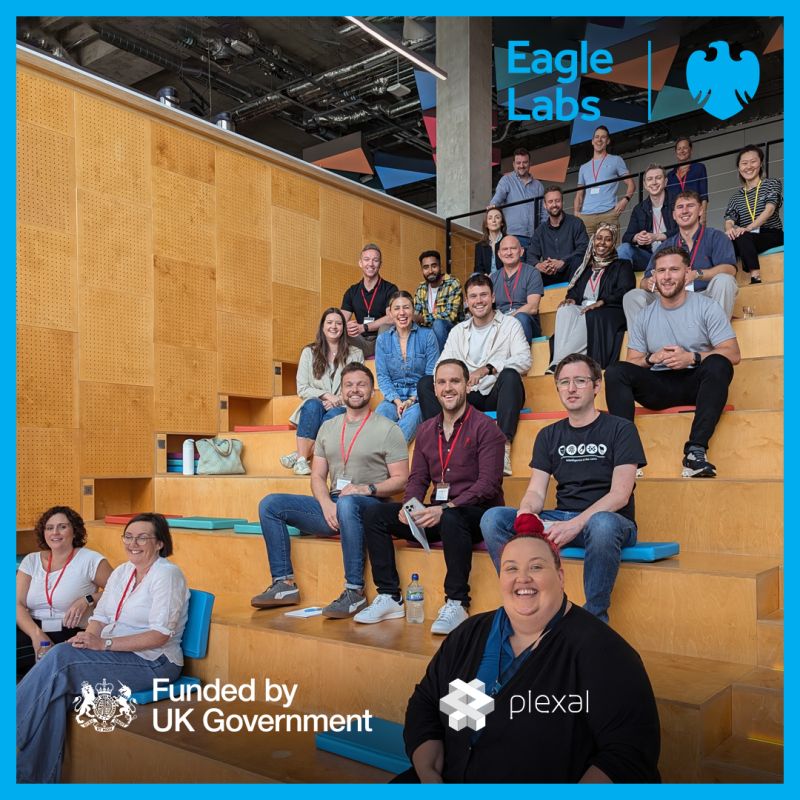
Stop 2: Feedback Town
Once you know your ‘friendlies’ are useful, from a business perspective, start with a simple request for feedback.
Say: ‘This is what I’m exploring, will you answer some questions for me?’
Make it easy for them to help you and never ask for more than 10 or 20 minutes of their time.
That means not asking them to read lots of stuff, or anything like that. Everything you ask needs to fit into their world rather than interrupt it.
Focus on their current situation and what battles they’re fighting. What can’t they get done? What can they get done, but only in ways that annoys them or makes them struggle?
Then ask them: ‘What would make a difference?’
Always remember: they don’t care about the solution. (‘No one is ever going to love your software’, as SmplCo’s head of product development, Bjørn Ivar, likes to say.).
They care about their problem being solved and the ease of the process that gets them to that solution.
Delving deeper
The best thing to do is start with an easy survey. Then you can take the insights you get and follow up with: ‘What you said was really interesting, can we have a brief conversation about this?’
This gives you the opportunity to delve deeper and start building a relationship with them, based on demonstrating your value to them – i.e. how you can solve their problems.
This will mean you are shaping your solutions with your ‘friendlies’, based on their needs, which will make them much more engaged and supportive.
Again, the trick is to make it entirely in their interest. Your approach should be all about creating something that offers them value, while making it clear just how much you value their input.
If people are willing to engage with you, and you focus on offering them as much value as you can in return, they will begin to feel like a true collaborator in what you’re doing.
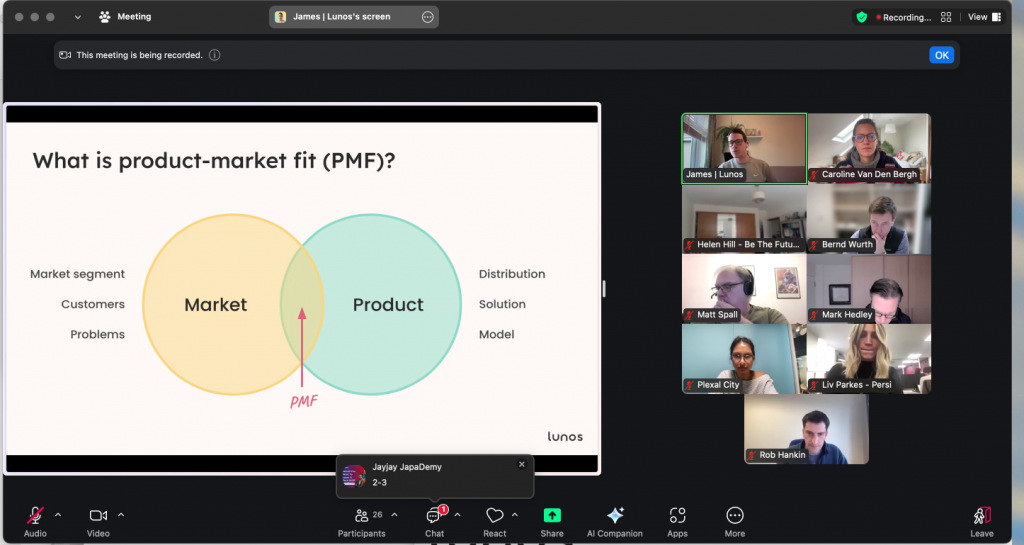
Stop 3: Nurture Central
Keep your early users in a pattern of nurture and engagement by regularly updating them with your own progress over email, in a WhatsApp group, or via whatever form of communication works for your customer base.
The goal at this stage is to take people through three points of awareness:
- Know – they either start to know who you are and you pop up in their world frequently enough to establish familiarity
- Like – They like what you say, how you say it, and how you comminucate
- Trust – you can come at this from lots of different angles; by associating with trusted figures in the space, endorsements, testimonials, thought leadership, etc.
Our recommendation is to start with 30 minutes a week communicating. If you are consistent you will see progress quickly.
As ever, when you communicate focus on offering them value. That can be progress updates so they see the impact they’re having, but you should also try being as generous as possible with sharing your knowledge and insight – particularly if it’s come as part of this process.
Questions & Answers
For example, you could turn (anonymised) data from your surveys and interviews into a report that shows what other people are feeling, saying, and doing in their space.
And make sure you put a ‘call to action’ at the end, asking for readers’ opinions. That can start to drive traffic to landing pages or wherever you want to send potential customers.
You can also build trust by offering wider insights on developments within your/their areas of specialty, once connected. Whatever channels you’re using, just make sure you don’t drown them in content. Remember the 30-minute rule.
If it’s appropriate, recognise their contributions publicly – by thanking them for their support on social media, for example.
If you get this right, your ‘beta customer’ group – as they have now become – should have no problem with you asking them if they know anyone else who can help you develop your idea, so you can get more insight and grow your early customer base.
Stop 4: Testing City
Now we go from learning to testing.
We’d recommend – if you haven’t already – that you develop a prototype.
This is the ideal way of bringing your vision to life, defining key customer journeys, testing assumptions, and getting in-depth feedback.
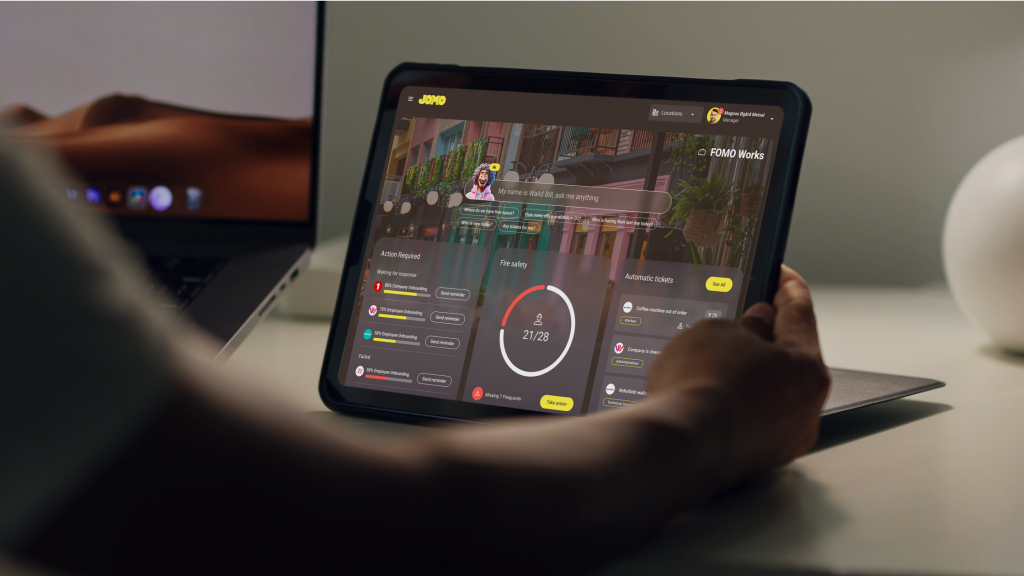
By bringing the vision you’ve talked about to life, it will make your little beta community really excited about what they’ve helped create.
They’ll be able to play with it and feedback on what works and what doesn’t, giving you really valuable insight. And the imagery is great for social channels, to create wider interest in what you’re up to.
Show the love
Usually, innovators’ next step is to jump into ‘building’ a Minimum Viable Product (MVP).
We prefer to talk about a Minimum Viable Process …the best way for a customer to get to a solution to their problem.
This has more value than the typical MVP approach of stripping a product back to the basics and then expecting a customer to connect with it.
Another way of looking at this next step is a MLP – a Minimum Loveable Product.
Ask: “What can you build that would provide enough value that a customer will probably pay for it?”
Your focus now should be getting to the stage where you can onboard them and really demonstrate real world value.
Remember the adage:
‘You only need to be a couple of steps ahead of a customer to give them value’.
It’s not cheating
We’ve seen seen plenty of MVPs where clients are doing all the work manually behind the scenes. That’s not cheating at all …as long as you are creating value.
When you have that MVP, go to your early customer group and say: “Why don’t we test this together, with you seeing the value and covering the cost of it?”
Make it a very nominal fee and offer them other inducements – e.g. exclusive access or reduced fees when you launch properly.
If you have:
- paid attention to their needs
- created something that solves a problem
- have an experience that gets them to value quickly
…they will often happily say ‘yes’.
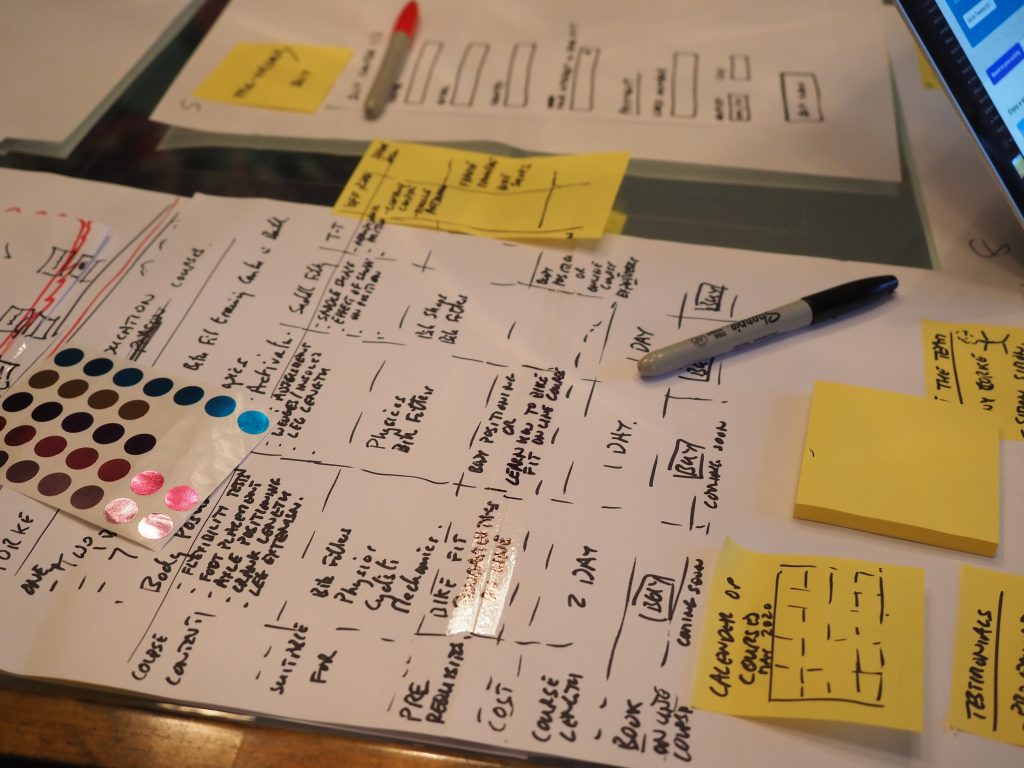
Stop 5: Invitation Junction
Hopefully, by this stage, you’ve created such engaged fans that they’re going to be willing to advocate on your behalf.
So, ask them to invite someone else into your product beta development community.
All the work you’ve done developing your relationships, together with a product that solves a problem, should mean these late joiners are not only keen to help but will offer to pay something from the get-go.
Now it’s up to you to continue developing your plans into a fully working early product.
The difference will be that – unlike many entrepreneurs and innovators in your position – your product will come with a ready-made market and the proof of demand.
And that’s when customers and investors alike sit up and pay attention.

